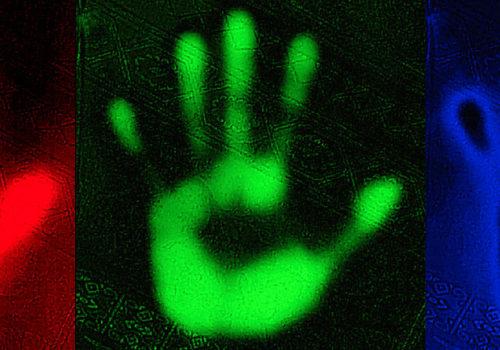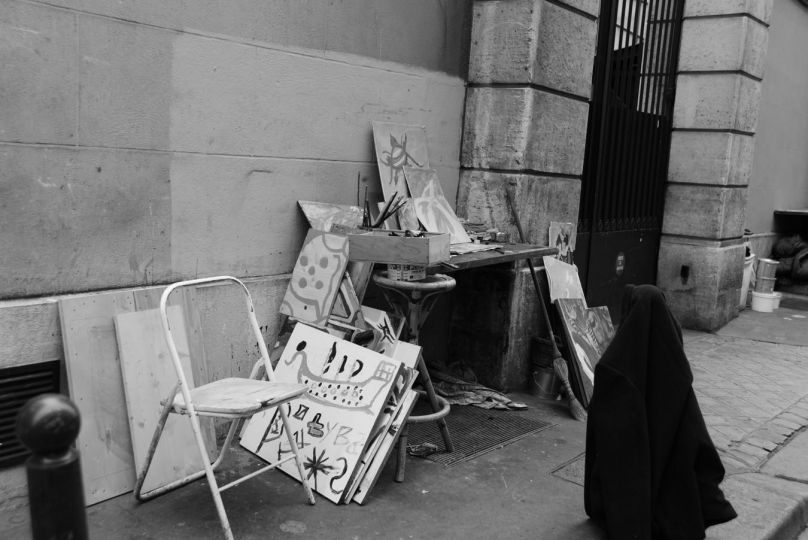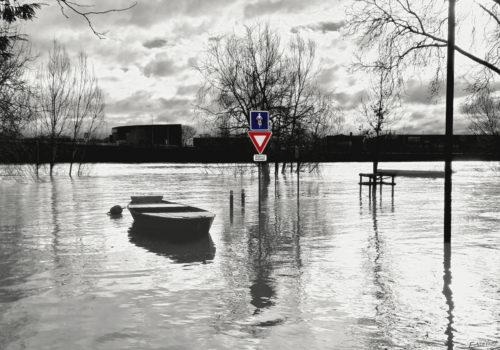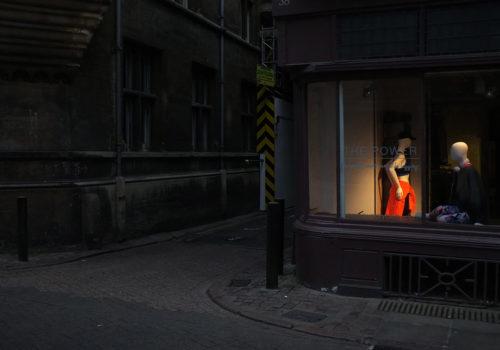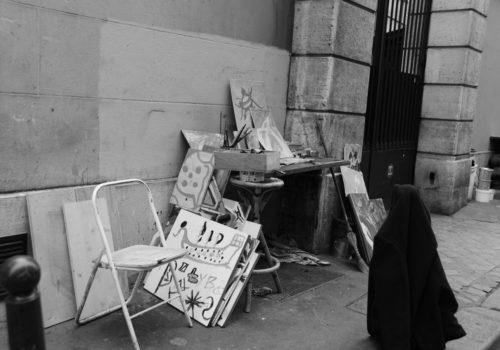Milan. An exhibition that invites us to discuss photography and its status in the digital age. Held in the ancient Chiesetta di San Carlo alle Rottole, it is a stimulus, almost a provocation, that the author, Guido Bartoli, poses in order to ask himself and us to go beyond the mere capture of an image in this digital era of ours, to try to better understand what happens before this simple gesture (or after if we are talking about post-production). As we shall see, the title, Le Verifiche 2.0, is not accidental.
There was a time, not so long ago when photography was continuously discussed and analysed from a sociological and communicative perspective. Photographers studied and critically interpreted the tools and modes of their language. This was, of course, analogue photography. Ugo Mulas was a point of reference in this (not only for Italian photography), carrying out a profound critical operation on himself and on photography itself, as a technique and as a medium. His reflections, in particular his Verifiche (Verifications, 1968-1972) were an inspiration for Guido Bartoli, who in his Le Verifiche 2.0 focuses on digital photography and the new reality of communication. Starting from the assumption that “digital photography, as a binary code independent of the support, remains unchanged in time and space”.
The exhibition is divided into four sections. The first explores the characteristics of The digital process and its diversity with the photochemical process, while the second, on The materials of language, looks at the influence on the aesthetics of the image. The third examines the changes brought about by new technologies (The importance of tools) and the last focuses on the power of Post-production and its possibilities. “The sections summarize the topics I have often meditated on and on while doing photography and digital printing”, he says. The titles he has given to each of his verifiche are quite interesting as they emphasise how he has pushed the process to its limits: for instance, with A point in the void, which highlights the minimum element of information, the pixel; or The blocks of JPEG: the destructive power of algorithms or even the act of discovering The discrete charm of RAW.
“I have always been fascinated by the fact that silver photography is intrinsically binary while digital photography is analog: yin and yang, opposites (re)generate each other” Guido Bartoli, photographer, fine-art printer and photography teacher, says. It may seem strange, but it’s a fact, caused by millions of light-sensitive silver halide microcrystals on the one hand and millions of light-sensitive photodiodes on the other. “Digital has been a turning point: now robotic cameras allow anyone to take photographs with high technical quality, the number of shots has grown exponentially, the flow of information is an uncontainable flood”, the author says, adding “I have never taken sides for or against technology, whether silver or digital. In my opinion, a photographer is someone who writes with light but what you write and how you write are important, whatever the medium”.
This reflection, which includes an awareness of the pervasiveness of images in our society and of technologies that can saturate information channels, is a very topical theme today. But it was already felt at the end of the 1960s by Mulas, to whom Bartoli dedicates the image Foto non fatta (Photo not taken), recalling his homonymous Verifica. And aware that, in the face of an ever-increasing robotisation of the creative process (with sophisticated machines improving images according to their own parameters, there is the risk of an aesthetic homologation), Bartoli, like Mulas in the past, calls for “a pause, an opportunity to return to seeing reality with one’s own eyes, because to take a photograph, even a digital one, you need light and a photographer”. The author’s position may or may not be shared: what is desirable is that his research may stimulate ever-new discussions on the role and potential of the photographic image.
Paola Sammartano
The exhibition is accompanied by a limited edition book, Le verifiche 2.0.
The exhibition Le Verifiche 2.0 is part of PHOTOFESTIVAL 18TH, an event that makes the Milan area (and beyond) an interesting hotbed of photographic ideas and productions.
Guido Bartoli. Le Verifiche 2.0
from September 16 to September 24, 2023
Chiesetta di San Carlo alle Rottole (IABICUS – Mirandola Comunicazione)
via Palmanova, 18
20132 Milano – MI
Italy
https://www.ipresslive.it/it/ipress/comunicati/view/58591/
https://www.milanophotofestival.it/en/event/tests-2-0/
https://www.milanophotofestival.it/en/

